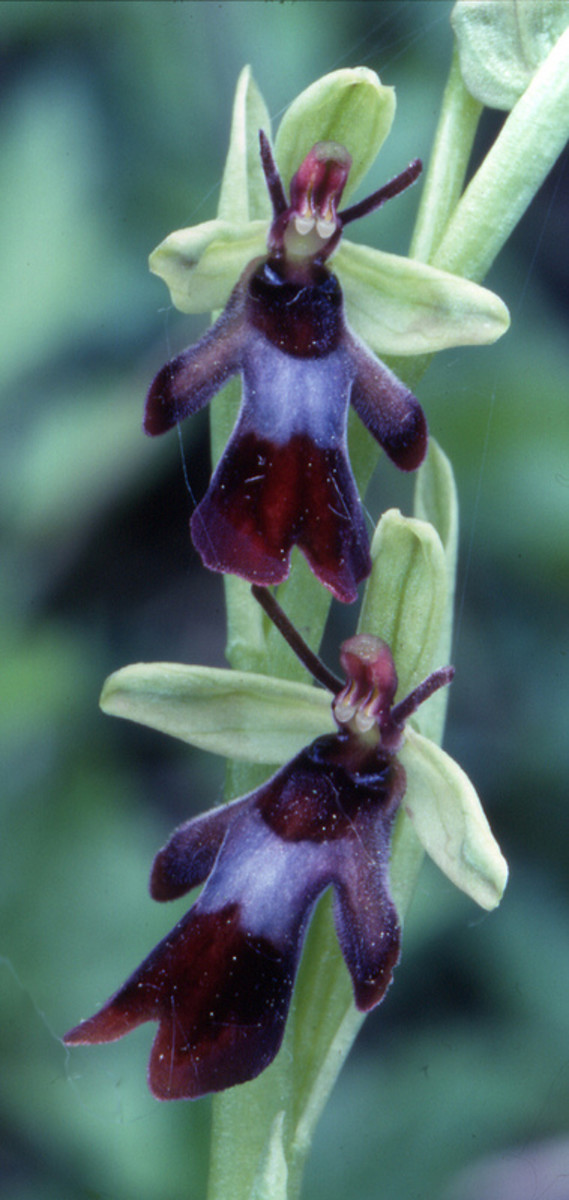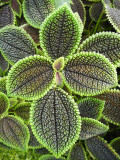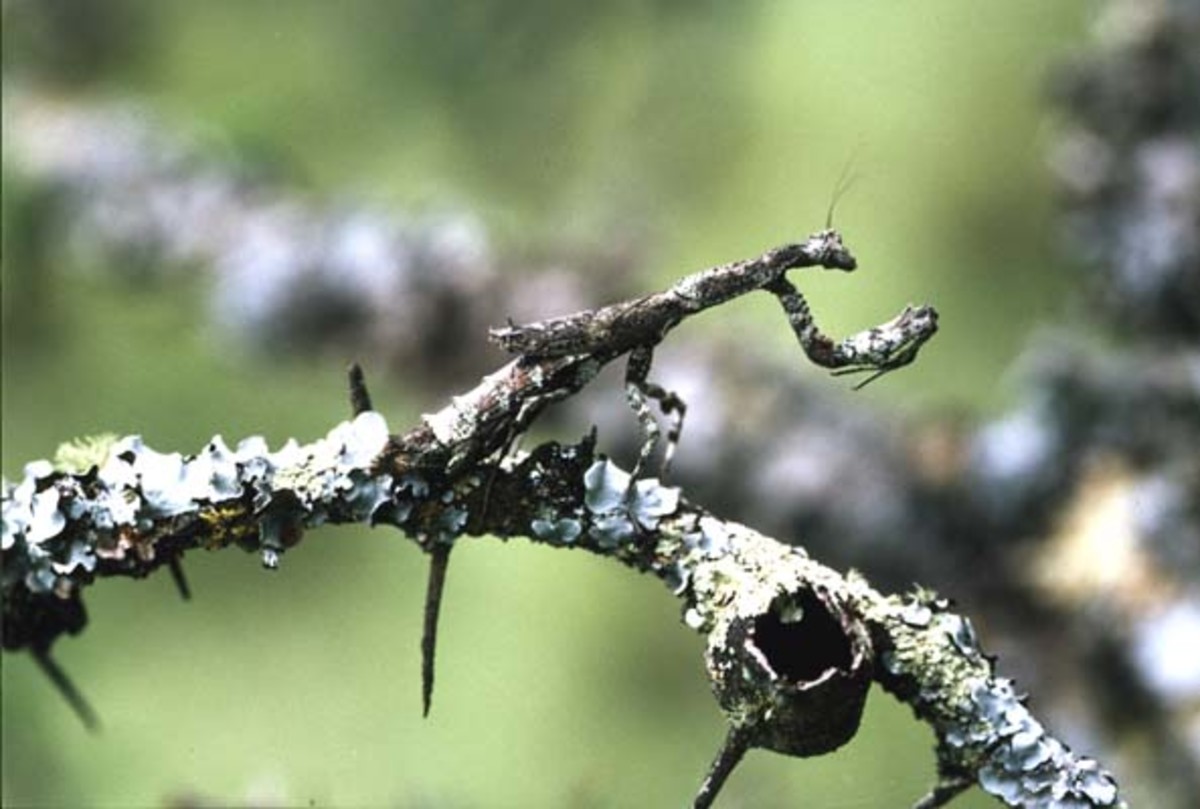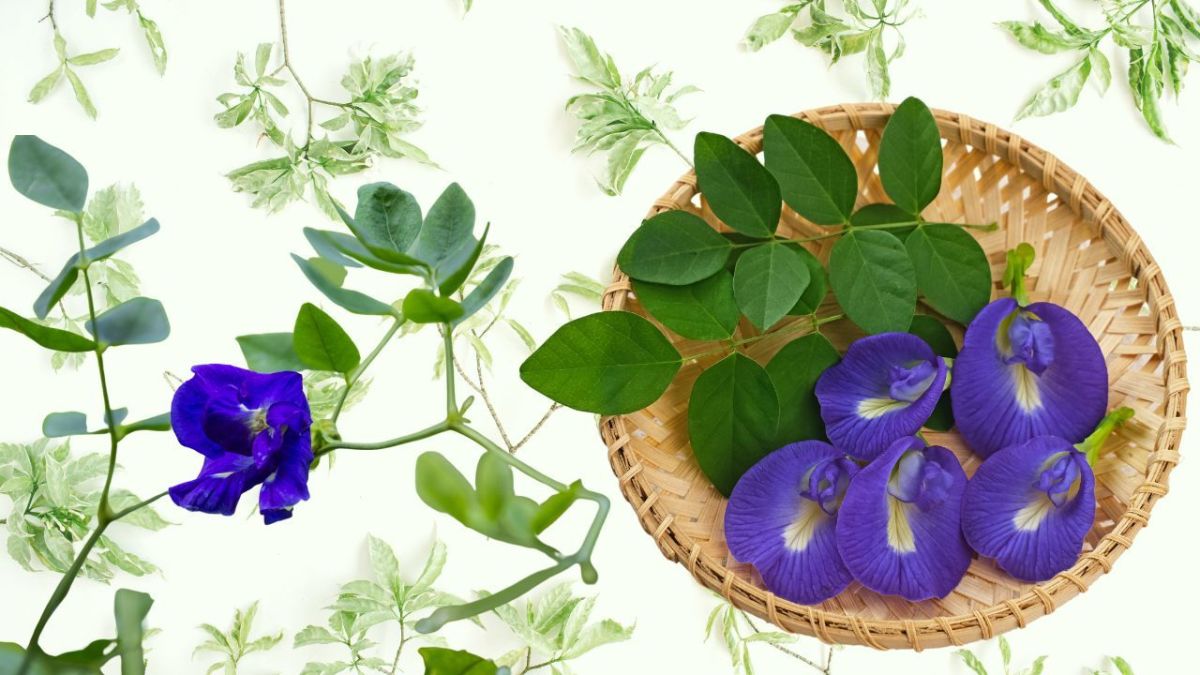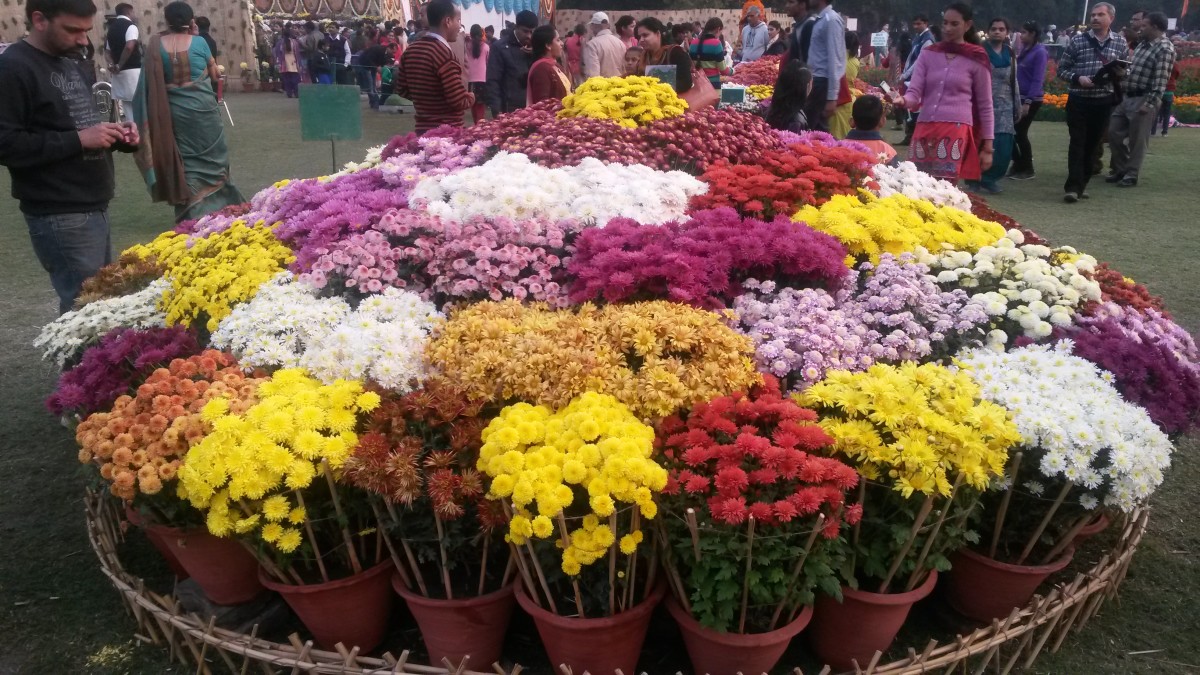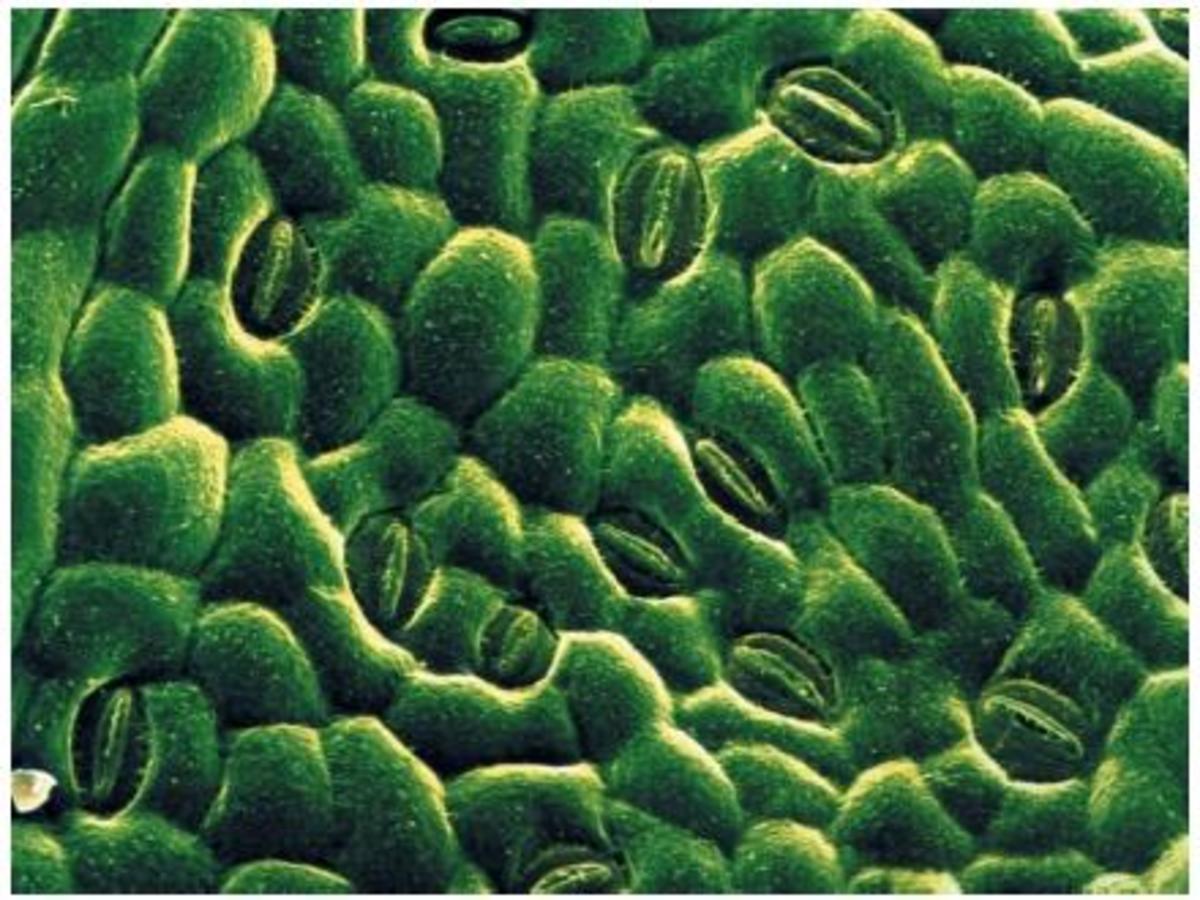Some Mysteries of the Plant World Answered
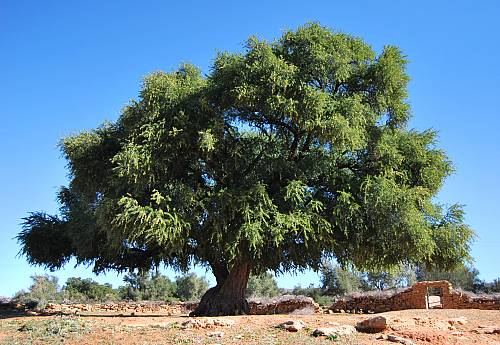
Why leaves change colour from green to yellow or red before falling?
Come autumn, the maples turn attire, to myriad shades. It is a visual treat for us but the plant is hanging between death and life. Maple leaves are normally green because they have chlorophyll which helps photosynthesis. As the leaves age, the production of chlorophyll is reduced and there is no more sufficient chlorophyll present to cover up the other pigments, for example, carotin, xanthophyll and so on. So the green fades and yellow, red or brown takes over. It is also hypothesised that the changing of colour of autumn leaves amounts to an adaptive strategy- the bright colours of leaves in autumn could be a warning signal to the parasitic insects that become active in autumn and that the change of colour would confuse and fear them off from attacking the tree. There is also some profit for harmless insects in this. They can lay eggs on these trees without the threat posed by other parasitic insects who eat their eggs. Not very dissimilar to how we humans rely so much on our attire and makeup to gain new friends and also to keep away undesired attention!
Why some plants have big leaves and some small?
Plants have bigger leaves to capture maximum sunlight for photosynthesis. Plants with big leaves are the ones that grow under the shade of other trees. There are also disadvantages to having a big surface area for a leaf as there will be more evaporation happening from it. However, as the big-leaved plants usually grow in the lower strata of a forest, there won’t be much direct sunlight falling on them. Hence the evaporation will be low. These plants also usually have greater water availability as they live inside ecosystems with water abundance. Examples are banana, yam, and colocasia. Plants with smaller leaves are usually the ones that grow in water-deficient ecologies. The reduced leaf size helps minimise evaporation. Neem, gooseberry, and tamarind belong to this category. The smaller leaves are also found to have longer major veins running through them for water flow, as compared to bigger leaves. This helps them cope with water scarcity by providing alternative water pathways to go around the bubble blockages that tend to form in the veins during dry spells. There is an economy of living that is in action here.
Do trees communicate with each other?
Modern plant science says, yes. When eaten by animals and insects, certain trees and plants can not only secrete toxic substances to ward them off but also the scent of these substances gives a warning to the nearby trees. The neighbouring trees are thus prompted to secrete the same toxins. Also, when attacked by leaf-eating insects, some trees summon up the predators of those very same insects by secreting certain pheromones, which are predator-specific and insect-specific. This fact keeps one wondering whether the plants can see or sense each other. The tree roots communicate with each other through the fungi network attached to all of them, by way of their root network, and this network is phenomenal. It spans entire continents if not the entire globe. This network is what scientists call, the wood wide web. Trees share nutrients too through the wood wide web. Experiments proved that in an area where there are many willow trees if caterpillars devour some trees, the infestation does not further spread around them. This is because the neighbouring trees are being warned somehow by the infested trees and as a result, they produce some toxins in their leaves that ward off the caterpillars.
Do Plants Climate-Migrate?
Most plants can adapt to different climates, geographies and ecosystems. Individual species of plants are gradually migrating north to overcome the situations created by climate change. It is a slow exodus. The result will be that the biodiversity of the southern hemisphere of the planet will shrink whereas that of the northern hemisphere will increase. The geopolitical consequences of such a change will be beyond today’s understanding and imagination. In Udagamandal, which is a lovely hill station in south India, one can see an array of exotic trees, brought in almost a century back by the British colonists, still thriving along the winding roads and pathways as well as in the natural 'shola' forests. The environmentalists of this place worry about the impact of this invasion of the exotic tree species into the delicate shola forest ecosystem.
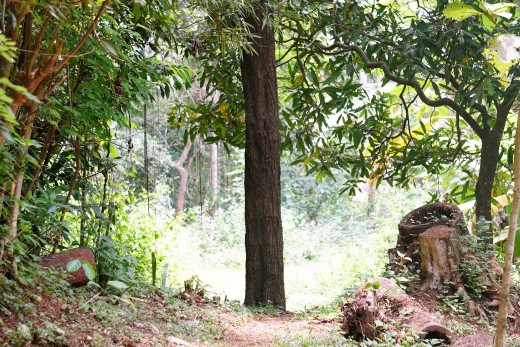
Why some saplings flower even when they are saplings?
It is the negative climate and soil circumstances that prompt a plant to flower immaturely. For example, when there is water scarcity and a resulting threat of wilting, a sapling will flower in a last-ditch effort to sustain its line of heritage- reproduce and protect the species' survival. It is rather a drastic act of species continuation. If the drought persists, the plant will die but mostly after leaving behind a few seeds that can grow into new plants. All the energy and resources of the plant at this time will be redirected to the flower setting, fruit setting and ripening of the fruit. Modern agriculture makes use of this tendency to get maximum flowering from a crop. Just a few days before the flowering stage, farmers stop irrigation and then the plants would flower more abundantly than usual. After the completion of flowering, irrigation is re-started. The result the farmer gets is maximum flower setting and maximum yield. Think about this- how strong nature’s urge is to protect the biodiversity of the earth.
Can a plant see?
Climbing plants can sense the nearby tree or prop and grow in that direction. If we change the position of the prop, the plant will also change its course. This is an observable fact and happens in a few hours. How does the plant know the prop has changed position? Do they see, smell, or listen to their surroundings? What exactly is happening in as simple an act as moving towards the supportive prop? An experiment by Charles Darwin and his son Francis proved that the light-sensitive cells of a seedling are located at the tip of its shoot. So we can say, the eyes of the plants are on the tip of the shoots. As far as the purpose of the eye is to detect light, this is true. However, the plant has no central nervous system that can process this information and make a mental picture as we do. Instead, the ‘eye’ of the plant detects light and sends a signal to the plant parts that need to bend towards the light.
Plants can also detect the smell. Dr Consuelo De Moraes, an entomologist, conducted an experiment in which she showed the parasitic dodder plant, which gets itself attached to another plant like a tomato and steals its nutrients from its stem, is led by the smell of the host plant. The scientist could even trick the dodder to get attached to sticks smeared with tomato smell.
There are many ways of seeing and smelling than the way we humans do it. Plants are not exempted from these sensory experiences as we would have believed once.
References
Chamovitz, D. (2012), What a plant knows, London: Oneworld Publications.
Wyman, D. (1986), Wyman’s Gardening Encyclopedia, New York: Simon and Schuster, p.98.
Archetti, M. (2000), The origin of autumn colours by coevolution, Journal of Theoretical Biology, 205, pp.625-630.
Wolpert, (July 5, 2011), Being small has its advantages, if you are a leaf, UCLA Newsroom, Retrieved from http://newsroom.ucla.edu/releases/being-small-has-its-advantages-209430
Wohlleben, P. (2016), The Hidden Life of Trees: What They Feel, How They Communicate- Discoveries from a Secret World, London: Penguin UK.
Chamovitz, D. (2012), What a plant knows, London: Oneworld Publications.
Maschinski, J. and Haskins, K.E., (2012), Plant reintroduction in a changing climate: Promises and perils, Washington D.C.: Island Press. P.230.
This content is accurate and true to the best of the author’s knowledge and is not meant to substitute for formal and individualized advice from a qualified professional.
© 2018 Deepa

